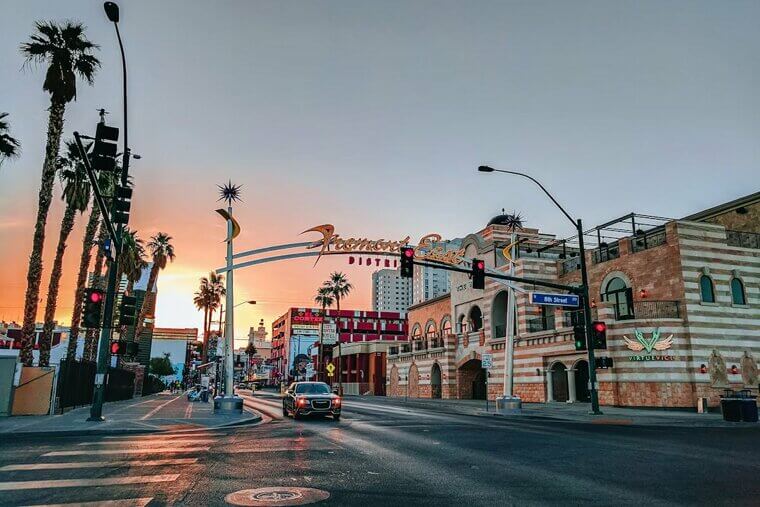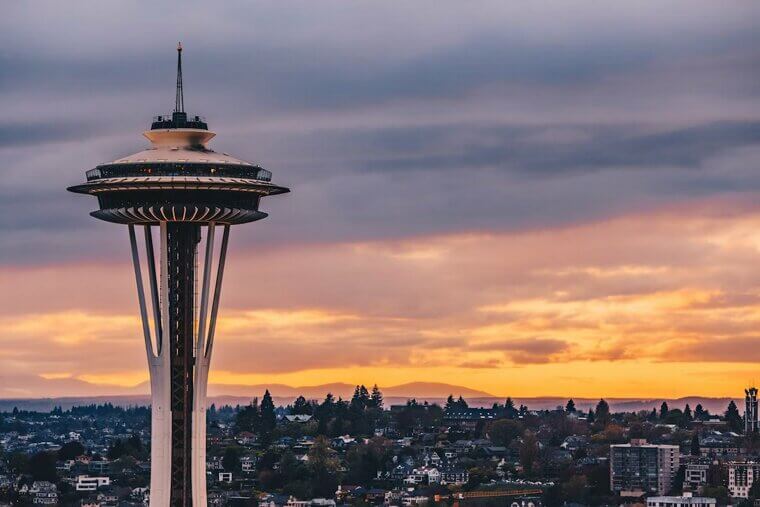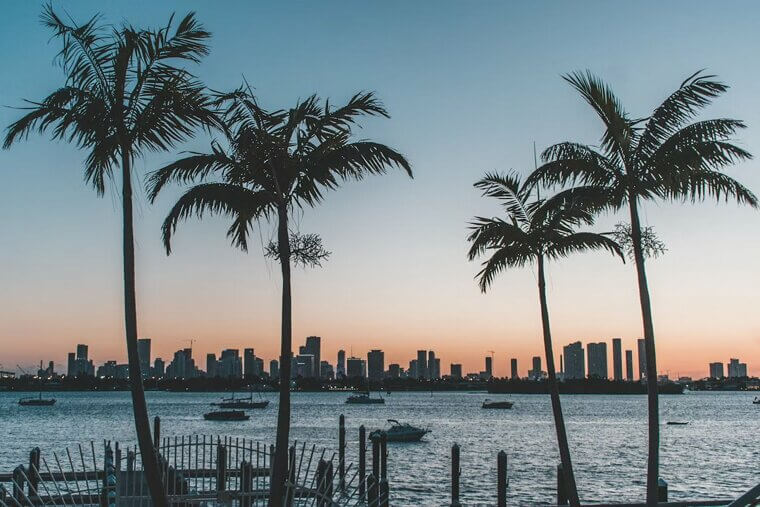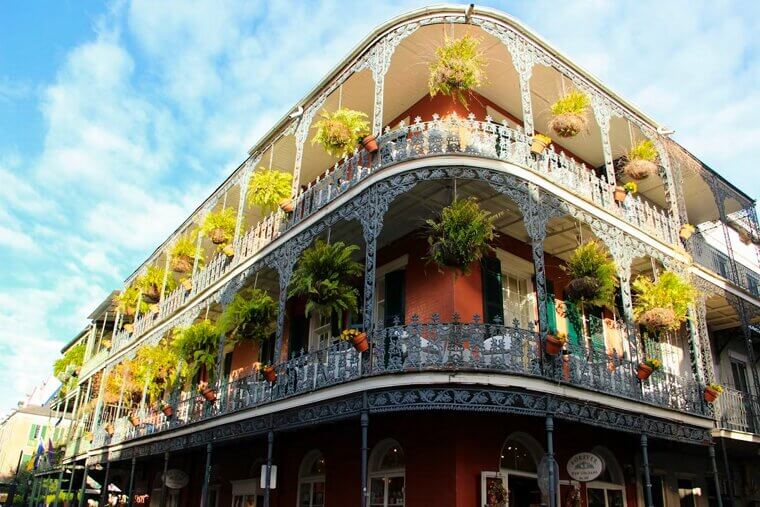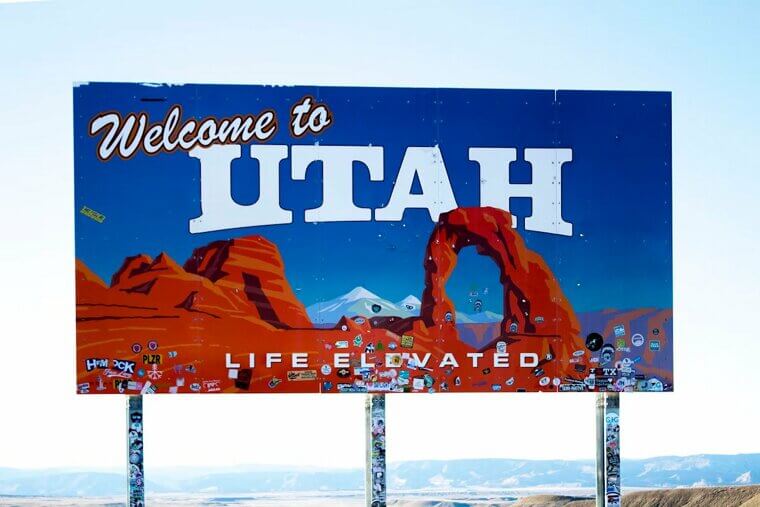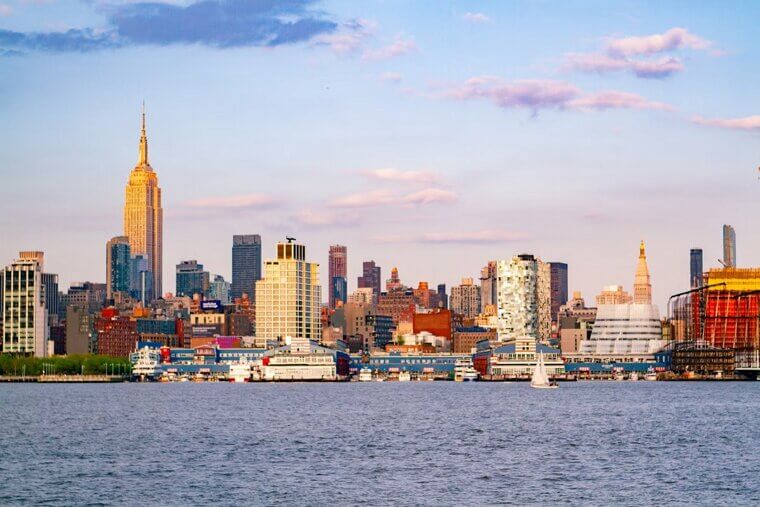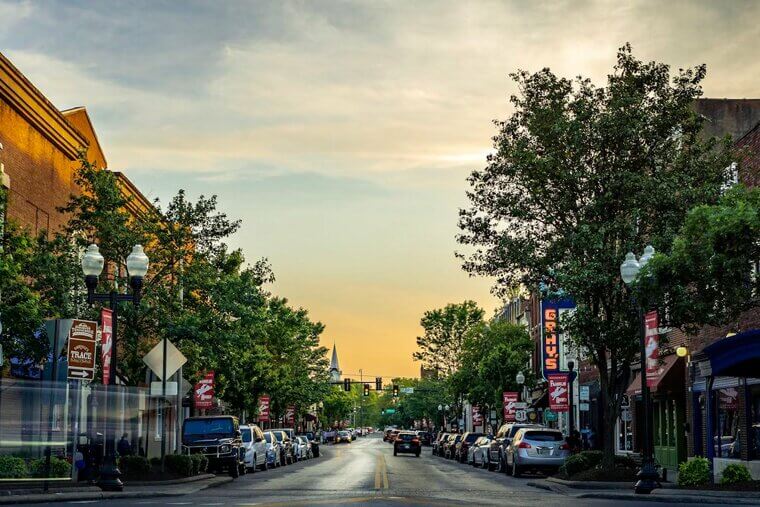Why Aren't Grocery Prices the Same Everywhere?
You’d think grocery shopping prices would be the same everywhere, all across America, but they’re just not. Different states have wildly different grocery prices, and sometimes that doesn’t work out very well for people. For many it’s not the deciding factor when choosing whether or not to move states, but it’s certainly up there. Let’s take a look at the states with the most expensive grocery shopping prices per week.
Hawaii – $333.88
Hawaii is a lovely place, there’s no doubt about that. But groceries on the island cost a fortune, because well, it’s an island. Nearly everything has to be flown or shipped in from the mainland or abroad, and that adds up fast. Even everyday staples like milk and eggs are super expensive in Hawaii.
Alaska – $328.71
Alaska is another state that suffers because of the isolation. Or should we say ice-olation? A lot of towns are in the middle of nowhere and rely on expensive air or boat deliveries, especially in the winter. There aren’t many local farms either, so most food is shipped in.
California – $297.72
You’d think groceries would be cheaper in California since it grows so much produce, but not quite. It’s a very busy state packed with people and that spells trouble. High wages, gas prices, and rents all get passed down to shoppers.
Nevada – $294.76
Nevada’s not known for farmland, so most groceries come from elsewhere. That desert heat doesn’t help with keeping food fresh during transport, so a lot of money has to go on that too. Basically, it costs an absolute ton to keep all those tourists in Las Vegas fed.
Mississippi – $290.64
This one might be surprising. Mississippi usually ranks pretty low for cost of living, but groceries are a different story. Many rural areas have fewer grocery stores, so there’s less price competition, and transportation costs can be very high. It’s something to consider if you’re thinking of moving there.
Washington – $287.67
Washington has a lot of farmland, but unfortunately that doesn’t mean cheaper groceries. Cities like Seattle have high costs of living, and that trickles down to your grocery bill. Labor costs, fuel, and shipping all play a role in making groceries expensive.
Florida – $287.27
The theme park capital of the world has two big problems when it comes to groceries: bad weather and lots of tourists. Storms can disrupt deliveries, and when millions of visitors flood the state to go to Disney World, demand for food shoots up.
New Mexico – $286.39
New Mexico has a lot of beautiful wide-open spaces, but it’s those same wide-open spaces that make grocery prices high. It costs a lot to truck items all the way across the state, and that cost gets passed down to you the consumer.
Texas – $286.19
Texas is big - really big -which makes grocery logistics tricky. While it’s home to farms and ranches, that doesn’t help much in the long run: the state still sees high food prices due to the sheer cost of long-distance food transport.
Louisiana – $282.95
Groceries in Louisiana aren’t cheap, especially when storms hit. The state’s location on the coast makes it vulnerable to hurricanes, which can disrupt the supply chain and drive prices ever upwards. Louisiana is a great state full of culture and history, but it’s expensive to live there.
Colorado – $279.98
In Colorado, the mountains are gorgeous… but not easy to transport food through. So trucking the food to the grocery stores is expensive, but that’s not the only problem. Limited farmland and a demand for organic groceries also don’t help.
Oklahoma – $279.16
Oklahoma has been hailed for having a low cost of living, but unfortunately that’s just not the case when it comes to groceries. In smaller towns, you might only have one or two stores, which keeps prices high. Severe weather and long-haul shipping don’t help either.
Utah – $278.41
Utah is very dry and very fast-growing, two major things that work against it when it comes to groceries. Local farming is limited by the lack of water, and with lots of people moving in, demand for food is up. And transporting goods across the state is expensive too.
Georgia – $278.32
Georgia grows a lot of produce, particularly peaches, but that doesn’t always lead to cheaper groceries. Arguably the problem is Atlanta: big-city prices and rising demand in the city pushes up food costs. It’s a shame for the people who live there.
New Jersey – $274.69
New Jersey’s location near big cities like New York means high everything - rent, wages, and groceries. And like some of the other states on this list, New Jersey just doesn’t have a lot of farmland, meaning goods have to be imported in at a high cost.
Massachusetts – $271.98
Massachusetts is noted for eating well and having a healthy population, but all of that comes at a price. Cold winters make growing local food tricky, so food has to be brought in from out of state, and the cost of all that gets passed down to the unlucky consumer.
Arizona – $271.84
Arizona’s hot, dry climate unsurprisingly makes farming a challenge. A lot of produce therefore comes from out of state, and it costs more to keep things cool in desert heat. The result? Groceries that are much more expensive than you might like. Arizona is a beautiful part of America to live in, but unfortunately it’s just not cheap.
Alabama – $271.64
Sweet home, Alabama is not so sweet when it comes to groceries. Severe weather in the state and high fuel prices make transporting goods tricky and expensive. That’s why food shopping here costs more than you might guess, and is unfortunately a good reason not to move to the state.
Tennessee – $270.45
Even the lowest state on this list still has a huge grocery bill. Delivery costs go up in mountain regions, and many smaller areas don’t have big-box stores with low prices. And then there’s the cost of feeding everyone in Nashville. It’s just not a cheap state for groceries, unfortunately.





